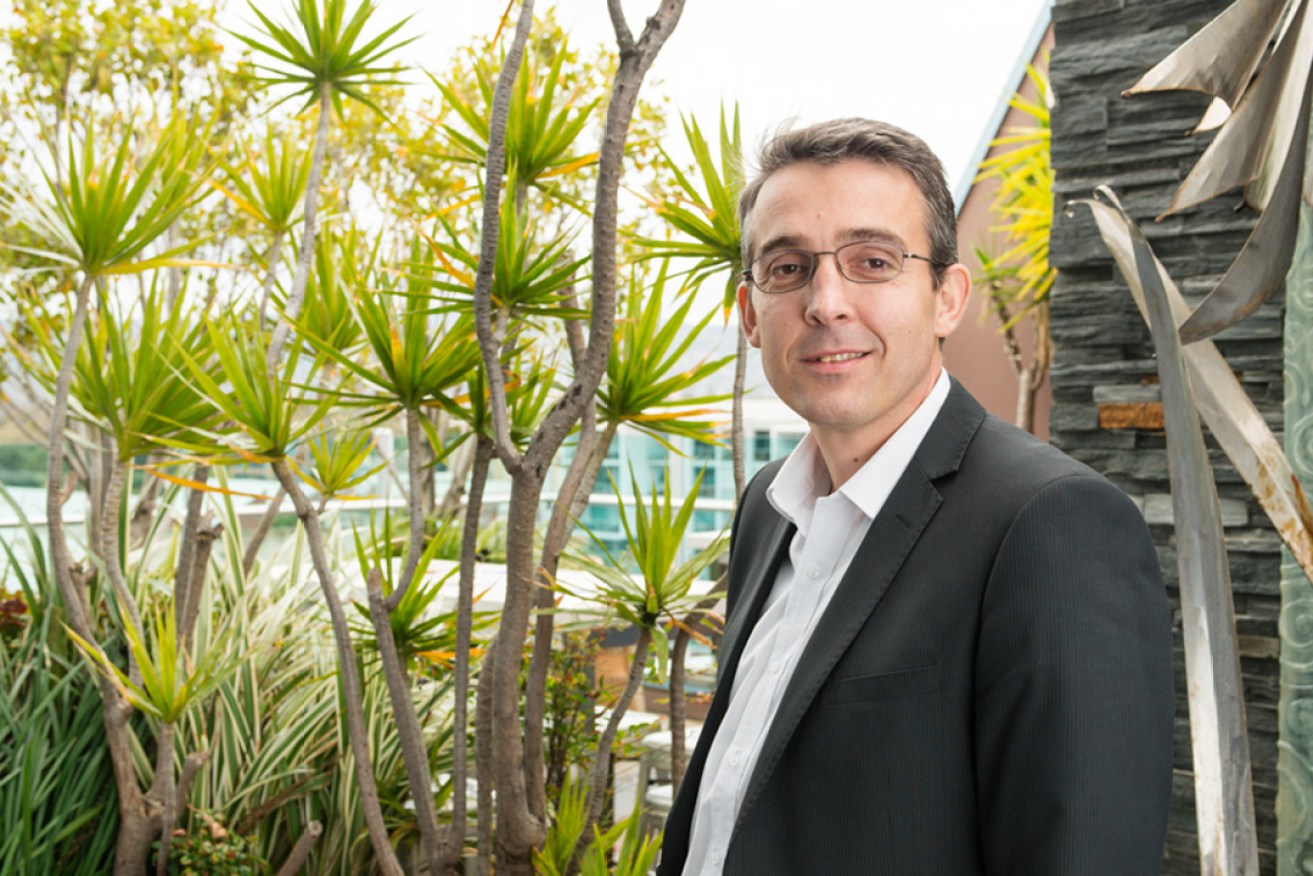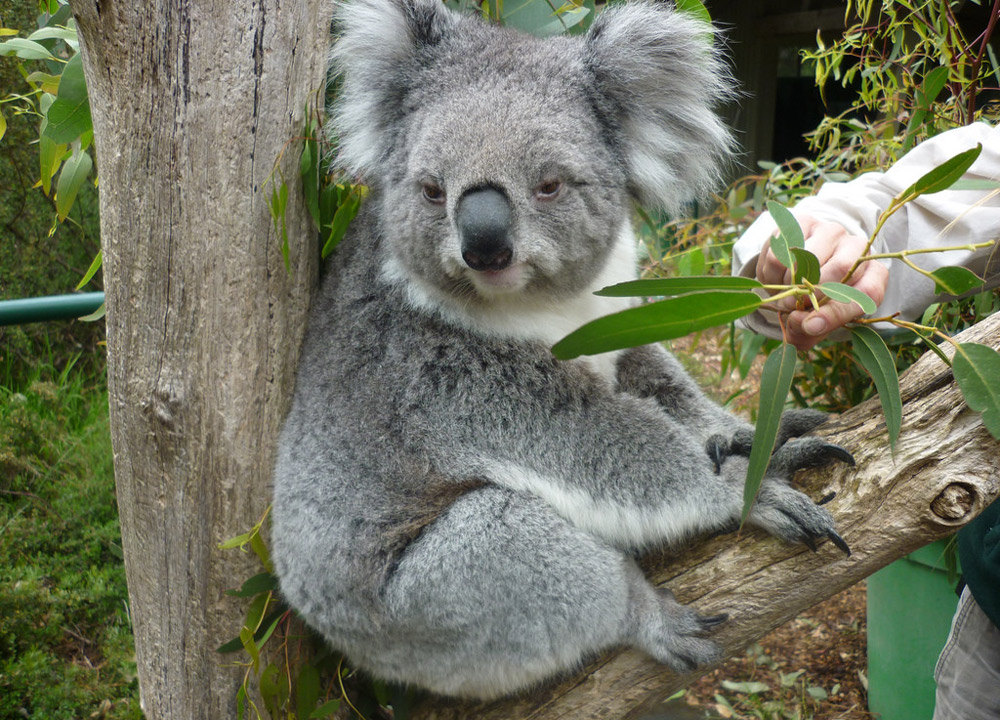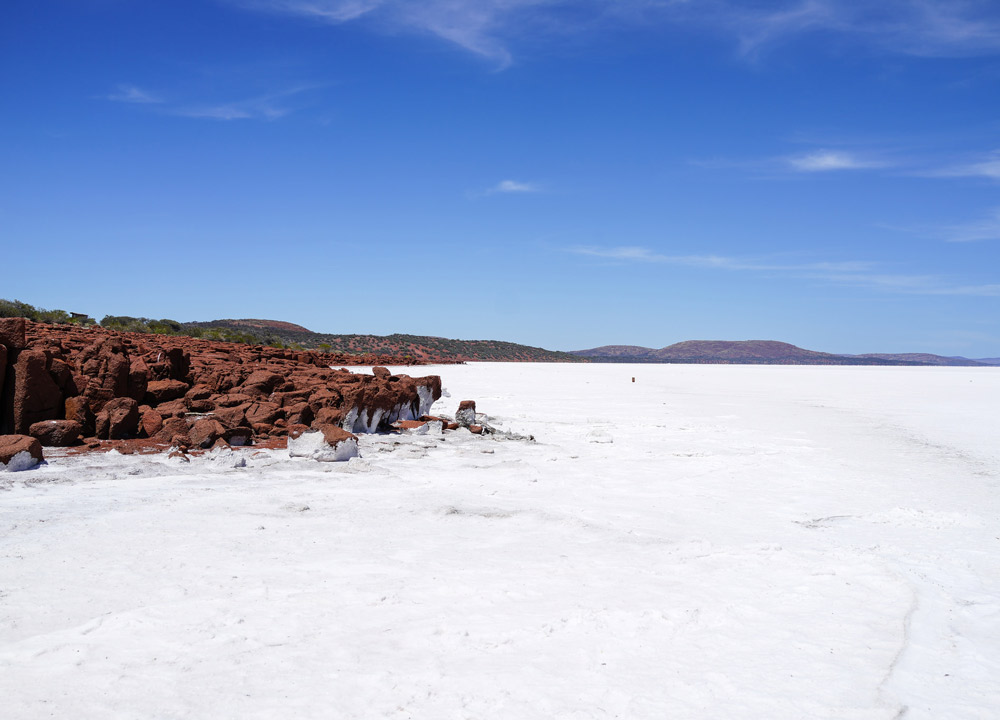‘Tourism is fundamental to SA’s prosperity’
Few would deny that South Australia offers enticing tourist experiences, but the challenge is to ensure they’re accessible and delivered in the best possible way, says new SA Tourism Industry Council boss Shaun de Bruyn.

SATIC's Shaun de Bruyn: I love the place I live in. Photo: Heidi Who Photos
De Bruyn, appointed as SATIC general manager in March after five months as interim general manager, has extensive experience in the tourism industry – but it’s not where he started his working life.
He had spent seven years as an industrial and commercial plumber before meeting his Japanese-born wife in Cairns, where she was employed by a travel agency.
The couple lived in Japan for a while and when they returned to Adelaide, de Bruyn decided to study cultural tourism at Flinders University.
“I enjoyed my time as a plumber – that was my small-business grounding – but I love what I do now,” he says.
“I’m a passionate South Australian that loves the place I live in and I’m also a passionate supporter of small businesses out there delivering these amazing experiences …
“To have someone that might be in a remote community, eight hours from Adelaide, that can deliver a sophisticated tourism experience to someone from Paris who lives in an urban setting and for that person to go home and rave about their experience – it’s no small achievement.”
For every big business you have in tourism, you have dozens and dozens of small businesses
De Bruyn worked as a regional tourism manager on the Eyre Peninsula for eight years and then at the SA Tourism Commission before moving to SATIC, the state’s peak tourism industry body which represents more than 700 members.
While some of those members are what he describes as “big players”, such as Adelaide Oval and SeaLink, most are regionally-based small to medium enterprises.
“The backbone of the industry is the owner-operator with a few casual people – one or two part-time people,” de Bruyn says. “For every big business you have in tourism, you have dozens and dozens of small businesses.”
SATIC advocates on behalf of its members, runs the SA Tourism Awards program and an industry accreditation program, and offers professional development opportunities covering things such as customer service and cultural awareness.
The main goal, says de Bruyn, is to ensure that when visitors arrive in the state, they have “an amazing experience”.
“We know we’ve got an amazing product, from diving with great white sharks on the Eyre Peninsula, to the amazing landscapes of the Flinders Ranges, to Kangaroo Island, which is so well-known around the world.
“It’s great to have these amazing landscapes and wildlife locations, but you’ve got to make sure you deliver those experiences in a way that’s culturally appropriate and professional, so that ultimately people go home and tell their friends and family about it so more people will come.”
SATIC has recently partnered with the Australian Tourism Export Council to deliver “export-ready” programs covering topics such as cultural awareness, and it hopes to roll out a “digital-ready” training program in the next six months which would cover everything from business websites and online booking, to effective use of social media channels.
De Bruyn says the council also supports the SA Tourism Commission’s “China Ready” enterprise, which seeks to ensure the state takes full advantage of the growing number of Chinese visitors.
One concern noted at last year’s SATIC tourism conference was that many visits to South Australia were “Adelaide-centric”, with interstate visitors in particular often staying only two or three nights and not venturing beyond the city.
Accessibility is a key issue, says de Bruyn, pointing to the planned upgrade of the Kangaroo Island airport as an example of a measure that will help attract more interstate tourists.
“This is where tour and transport operators become really critical and [we are] trying to work with industry about ways in which sustainable businesses can be developed around getting people to these destinations.”
But it’s not just regional or remote destinations that can be hard to get to, de Bruyn says.

Koala feeding at Cleland. Photo: Richard Thomas / flickr
“For the Chinese market we’re talking about, Cleland Wildlife Park is a fantastic place to visit.
“It’s one of the places in the state where you can hold a koala, and South Australia is one of the few states where you get that opportunity, so it’s a real competitor advantage for us … and it’s 20 minutes from the CBD.
“If you’re a self-drive visitor, it’s no worries – you can zoom up the hill and you’re there – but if you’re not a self-drive visitor then it can be challenging to get there.
“We’ve got these experiences and we’ve got to find ways to make them accessible to people.”
De Bruyn describes the State Government’s tourism industry goal – to increase spending in the SA tourism industry to $8 billion and create 10,000 extra jobs by 2020 – as “a stretch target” but one that is nonetheless achievable.
He says visitor figures in recent months have been positive. He also believes there is increasing understanding among the wider community of the value of the sector.
“That’s the really key thing: over the past two years, people have understood that tourism isn’t just a nice-to-have, it’s actually fundamental to the state’s economic prosperity, and also that tourism is the future employer of many people in South Australia and it’s growing much quicker than many other sectors of the economy.
“It’s a great way for us to preserve our natural areas and protect the amazing landscapes and wildlife that we have; it’s a great way for us to celebrate our culture.
“Tourism, and the jobs that derive from it, and the prosperity that all South Australians are delivered, is just fundamental to what our aspirations are as a state.”
Asked about the impact of the burgeoning sharing economy, including the online accommodation service Airbnb, de Bruyn is circumspect. He says the effect on South Australian tourism businesses has been mixed, and SATIC sees its main role as being to provide the industry with information about the sharing platforms and how members might best interact with them.
“We don’t have a policy position, because we have members that are 100 per cent for it and members who are 100 per cent against it.
“The reality is that the sharing economy is here to stay and it’s about how businesses utilise those platforms.
“The other key issue is that it’s about level playing fields … people don’t mind competition but they just want it to be a level playing field.”
As for de Bruyn’s own favourite place to holiday in South Australia, he hesitates just briefly before replying:
“The Gawler Ranges. I love the Gawler ranges – it’s in the northern part of the Eyre Peninsula. It just feels like a special place to me – I love going there, I love the journey to get there, the wildlife is just prolific, the people in the communities are so welcoming and friendly.
“It’s just an amazing place. It’s a very subtle landscape but the wildlife is just phenomenal. Viewing wombats in the Gawler Ranges is awesome.
“And Lake Gairdner – it’s another really special place in Australia … in the world. People come from all over the world to see it, so we’re really fortunate.”

Lake Gairdner, on the northern side of the Gawler Ranges. Photo: Triple L / flickr
The SA Tourism Industry Council will hold its annual conference at the Hilton Adelaide on June 1.




